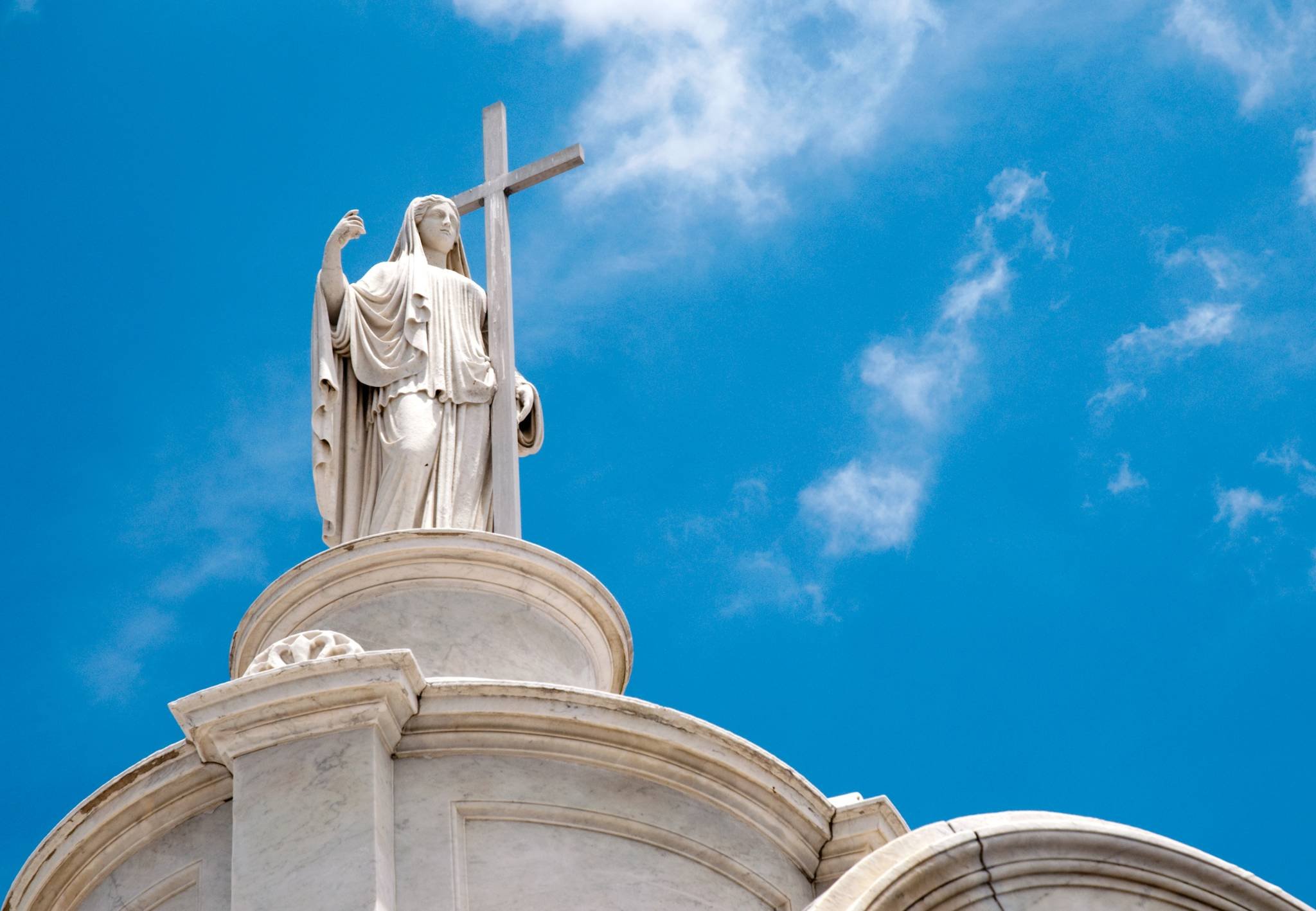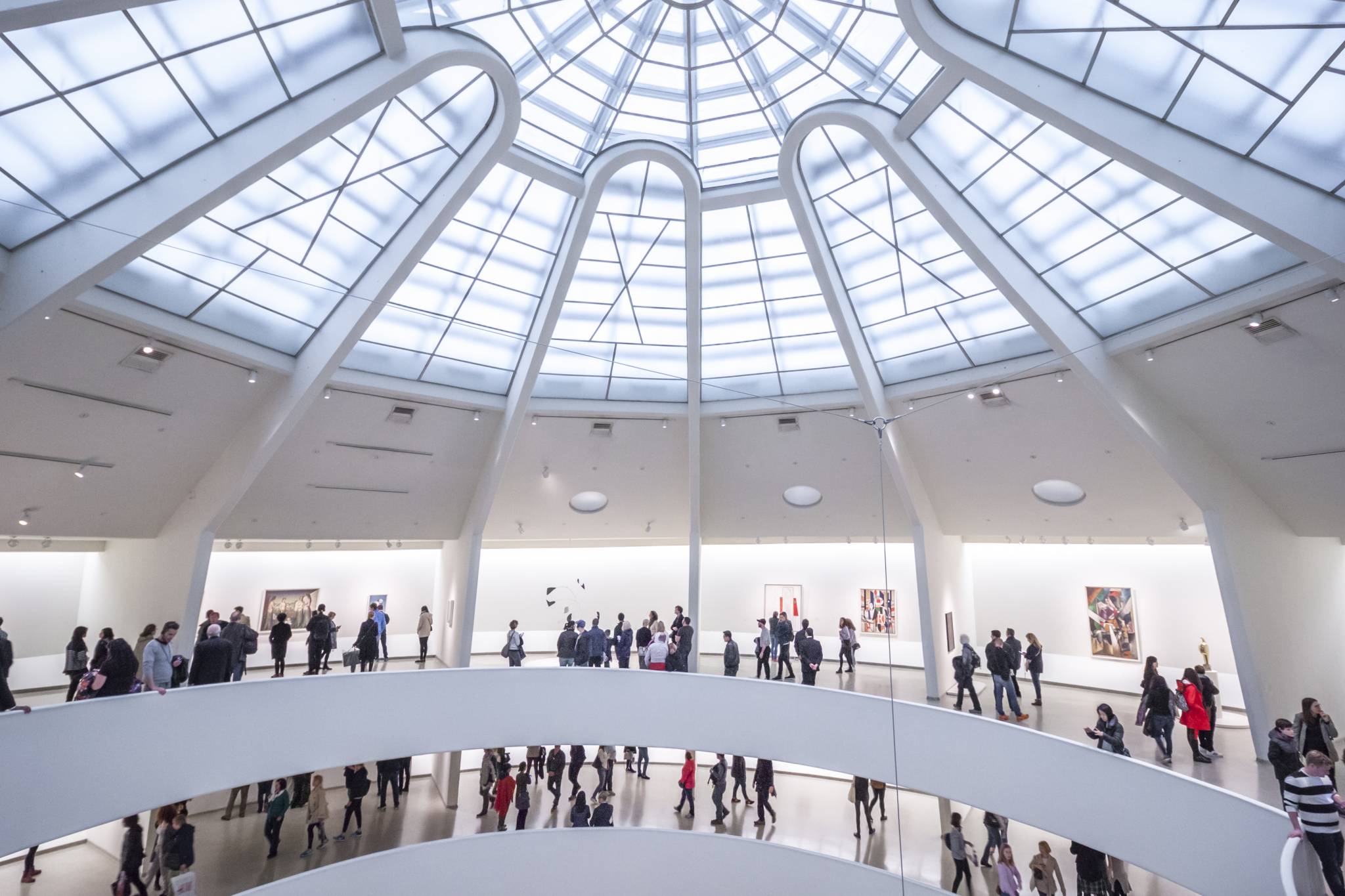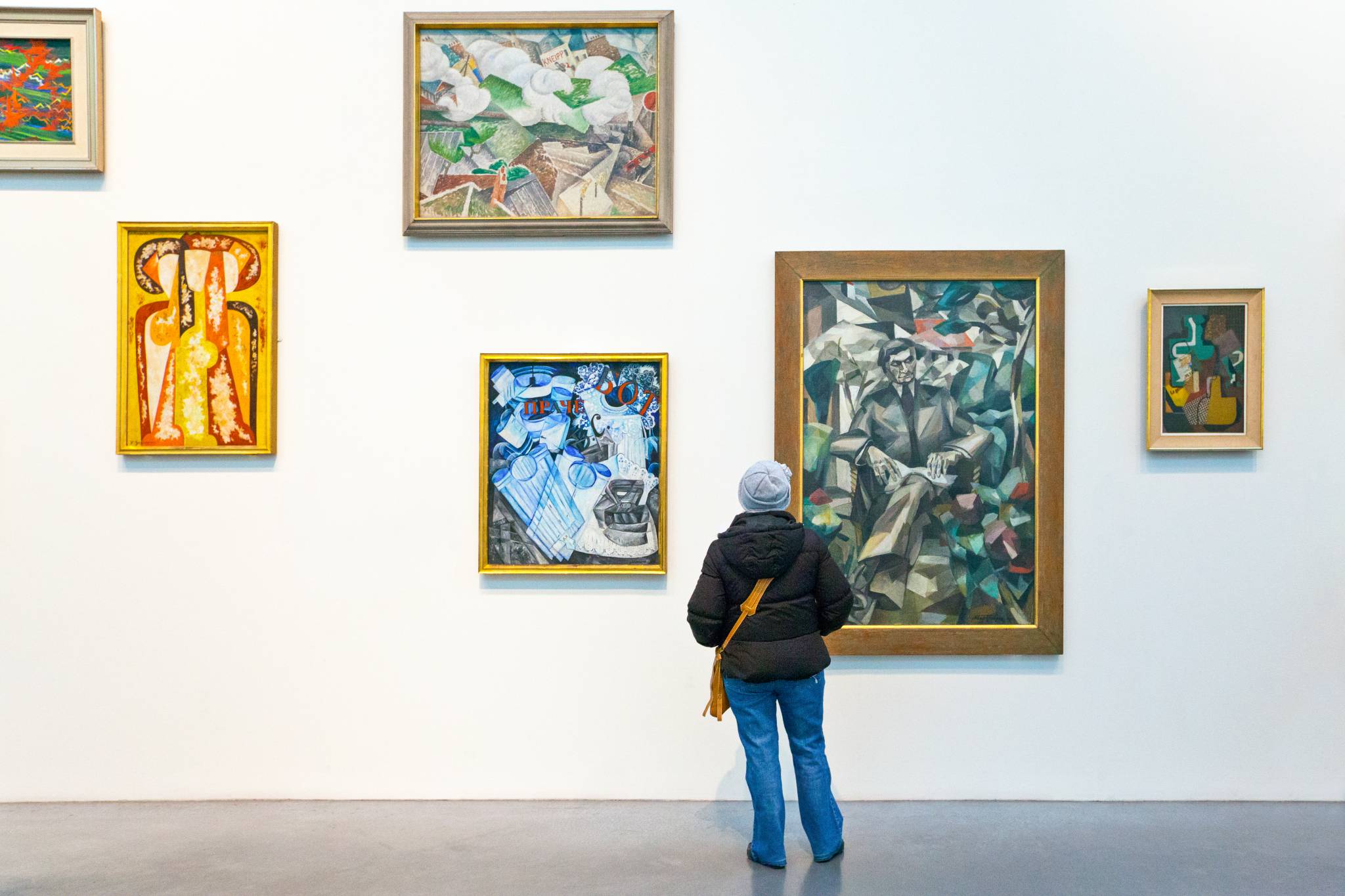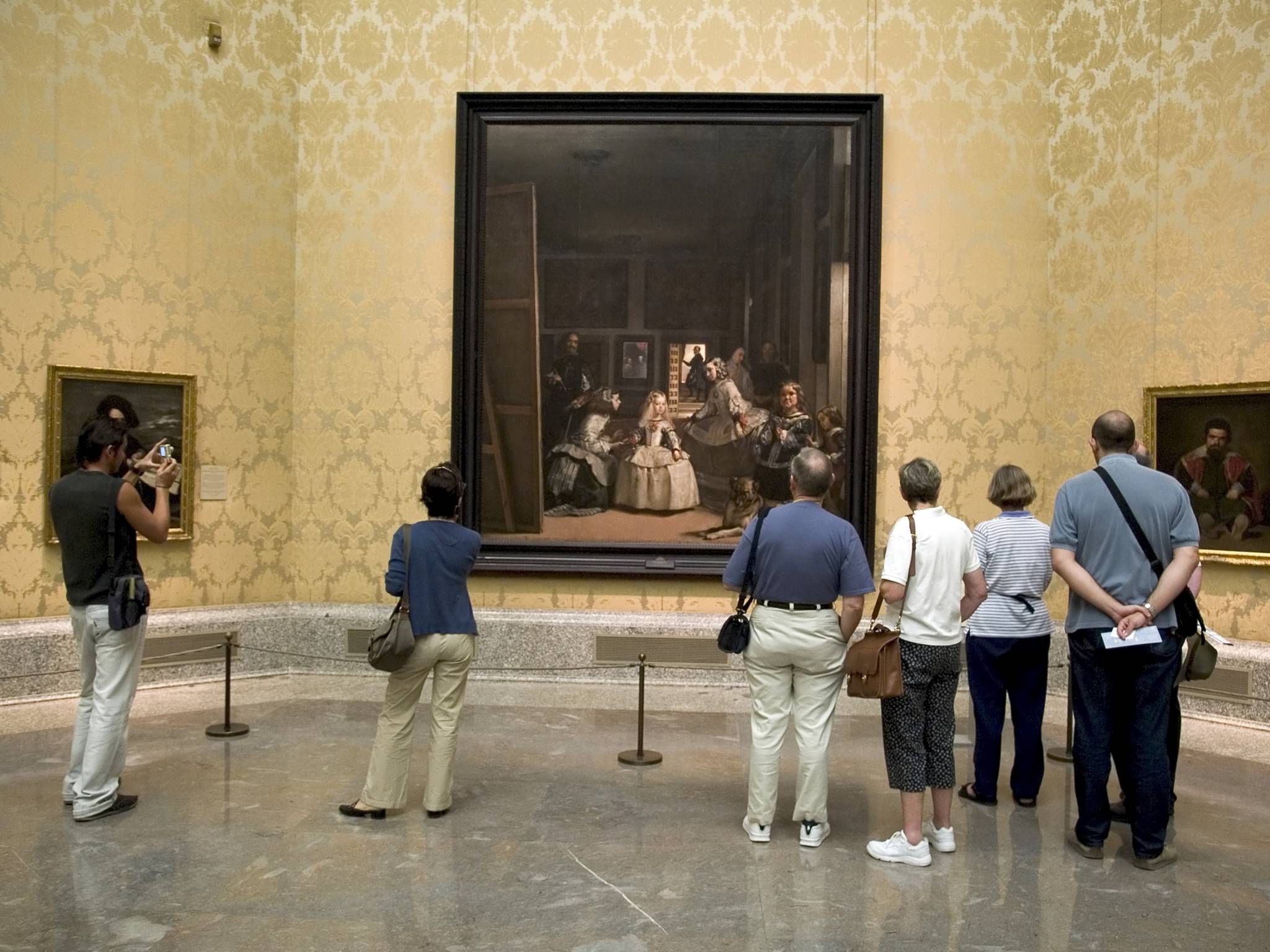Amsterdam might be better known for bikes, canals, or that questionable coffee shop experience your cousin won't stop referencing. But guess what? The Dutch capital is one of Europe’s richest cities when it comes to museums. Whether you're a Rembrandt romantic, a World War II history buff, or simply someone chasing beautiful things, the best museums in Amsterdam serve up a buffet of artistic genius and cultural grit. And yes, you can still get a stroopwafel after.
From timeless paintings to contemporary installations (and even cats—we’ll get to that), here’s your definitive, delightfully witty guide to the best museums Amsterdam has to offer.
Rijksmuseum: Where Dutch Masterpieces Pose for You
Let’s start grand.
Beyond the canvas, the Rijksmuseum also flaunts furniture, weaponry, and centuries of design. Basically, it’s your crash course in Dutch culture without the jet lag. Plan for a few hours and a post-visit coffee at the gorgeous museum café. It feels like sipping cappuccino inside a Rembrandt.
📍 Museumstraat 1 | Tickets: €22.50 (Adults)
The Rijksmuseum isn’t just a museum—it’s a temple devoted to the Dutch Golden Age, and painters who had a thing for lighting and lace (we’re looking at you, Vermeer). Inside this neo-Gothic palace, you’ll find Rembrandt’s The Night Watch, several stunning pieces by Frans Hals and Judith Leyster, and yes—more tulip-adjacent paintings than your Instagram can handle.
Van Gogh Museum: Sunflowers, Ear Drama & the Psyche of a Genius
Yes, the Self-Portrait with Bandaged Ear draws crowds. But don’t miss The Bedroom, or Wheatfield with Crows—his visual anxiety is practically audible. And the museum’s curation doesn’t just display paintings, it narrates them. Painfully honest, poignantly human, and wonderfully well-lit.
Round the corner and plunge into the whirring mind of Vincent van Gogh. With over 200 paintings, 500 drawings, and plenty of emotionally volatile letters, the Van Gogh Museum allows you to trace Vincent's journey from obscurity to icon.
📍 Museumplein 6 | Tickets: €20 (Online reservations essential)
Stedelijk Museum: Modern & Contemporary Artists Gone Wild
This white bathtub of a building houses Amsterdam’s top destination for modern and contemporary art—and it’s where bold meets bonkers.
From Kazimir Malevich to Yayoi Kusama’s polka-dotted infinity, the Stedelijk is as much about ideas as artwork. It’s colorful, provocative, and unapologetically weird. Expect installations that may confuse, shock, or convert you. Either way, dress in black—it just goes better with the décor.
📍 Museumplein 10 | Tickets: €20
Anne Frank House: The Diary That Moved the World
Sobering, necessary, and unforgettable.
Anne Frank’s hiding place along the Prinsengracht canal is less “museum,” more “moral pilgrimage.” Walk through the narrow staircases and behind the swinging bookcase to glimpse the Secret Annex that sheltered Anne, her family, and others during Nazi occupation. Her original diary, encased in protective glass, remains heartbreakingly real.
Tickets often sell out weeks in advance—book early, brace emotionally, and be respectful. This is where memory matters most.
📍 Prinsengracht 263-267 | Tickets: €16 (Online booking only)
Hermitage Amsterdam (Now H'ART Museum): Russian Art with Dutch Views
This impressive offshoot of the Hermitage in St. Petersburg merged classic Russian opulence with naturally understated Dutch staging. Now renovated as H’ART Museum, it curates masterworks from partner museums like The British Museum, Centre Pompidou, and Smithsonian. The result? A rotating international blockbuster just beside the Amstel River.
It’s the Louvre without the chaos, and the gift shop is a knockout.
📍 Amstel 51 | Tickets: €20
NEMO Science Museum: For the Pint-Size Einstein (and Adults Who Never Grew Up)
It’s ideal for kids, yes—but don’t be fooled. Adults can also enjoy the giant soap bubbles and electricity demonstrations with total dignity (okay, maybe half dignified).
📍 Oosterdok 2 | Tickets: €17.50 (Free under 4)
If “interactive experiments” and “rooftop views” get your serotonin bouncing, then add NEMO to your cultural rundown. A ship-shaped building of green copper rising over the harbor, NEMO is Amsterdam’s playground of science and innovation.
Museum of the Canals: Where Boats and Bricks Tell Stories
Amsterdam and canals go together like stroopwafels and coffee. But the Museum of the Canals (Het Grachtenhuis) goes deeper, showing you how 17th-century urban masterminds transformed swampland into real estate gold.
It’s immersive, fun, and refreshingly compact. Bonus: the museum itself is inside a historic canal house, so you’re essentially walking through the exhibit.
📍 Herengracht 386 | Tickets: €15
For the Offbeat: Museum Van Loon, FOAM & the KattenKabinet (Yes, a Cat Museum)
Museum Van Loon offers a peek into aristocratic life among chandeliers, oil portraits, and a tidy secret garden.
FOAM is your stop for cutting-edge photography and soul-piercing portraits.
And then—there’s the KattenKabinet: a full-blown art museum…about cats. Felines in portraits, cats in sculptures, and (on occasion) actual cats roaming the rooms. Not weird at all.
Local Tip: Get the I Amsterdam City Card
Planning to museum hop like a pro? Grab the I Amsterdam City Card for free access to most museums and public transport. It pays for itself by your third museum selfie.
Amsterdam City Website: https://www.iamsterdam.com
Conclusion: Not Just Canals and Cannabis
Yes, Amsterdam has its vices and its Instagrammable canals. But the true magic lies behind museum walls—where Dutch painters steal your breath, Holocaust stories stop your heart, and cats become high art. Whether you're here for two days or ten, make room in your itinerary, mind, and possibly your soul, for Amsterdam’s remarkable museums.
Because as you’ll quickly discover: this isn’t just a city to see. It’s a city to feel, frame, and remember.
Museum-hopping never looked this good.
Ready to plan your Amsterdam itinerary? Start with the official tourism site: https://www.iamsterdam.com
Frequently Asked Questions (FAQ)
Q: Are Amsterdam museums kid-friendly?
A: Absolutely! NEMO Science Museum and the Amsterdam Museum are fantastic for younger explorers. The Rijksmuseum also has family-friendly tours and art activities.
Q: When is the best time to visit museums in Amsterdam?
A: Weekday mornings are your best bet to dodge crowds. Try visiting in spring or autumn when weather is mild and the selfie-stick brigade thins out.
Q: Can I take photos inside Amsterdam’s museums?
A: It varies. The Rijksmuseum allows non-flash photography; Van Gogh Museum—no photos. Always check museum rules (and don’t be that person with the iPad camera).
Q: What are the best art museums in Amsterdam?
A: The top art museums in Amsterdam include the Rijksmuseum (Dutch masters), Van Gogh Museum (post-Impressionist works), and the Stedelijk Museum (modern and contemporary art). Each offers a unique lens into both Dutch and global artistry.
Q: Is the I Amsterdam City Card worth it for museum lovers?
A: Yes. If you plan on visiting multiple museums, use public transportation, and maybe squeeze in a canal tour, this card is a smart investment that includes free admission to most top museums.



















































































































